Why Spain is a great place for kids
Choosing the city that's right for you
Choosing the visa that's right for you
More than just great weather
Why Spain provides a better quality of life
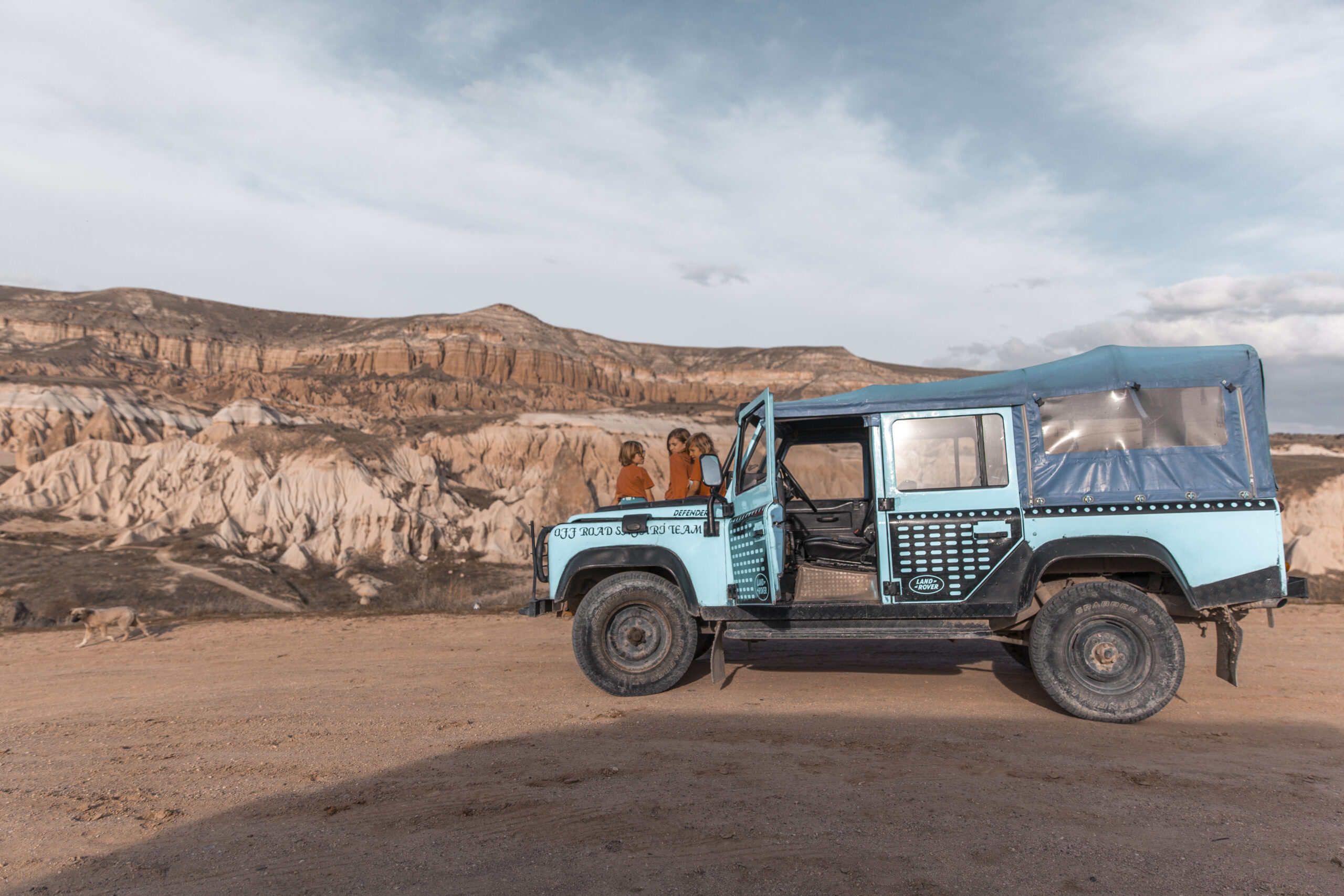
How we Plan
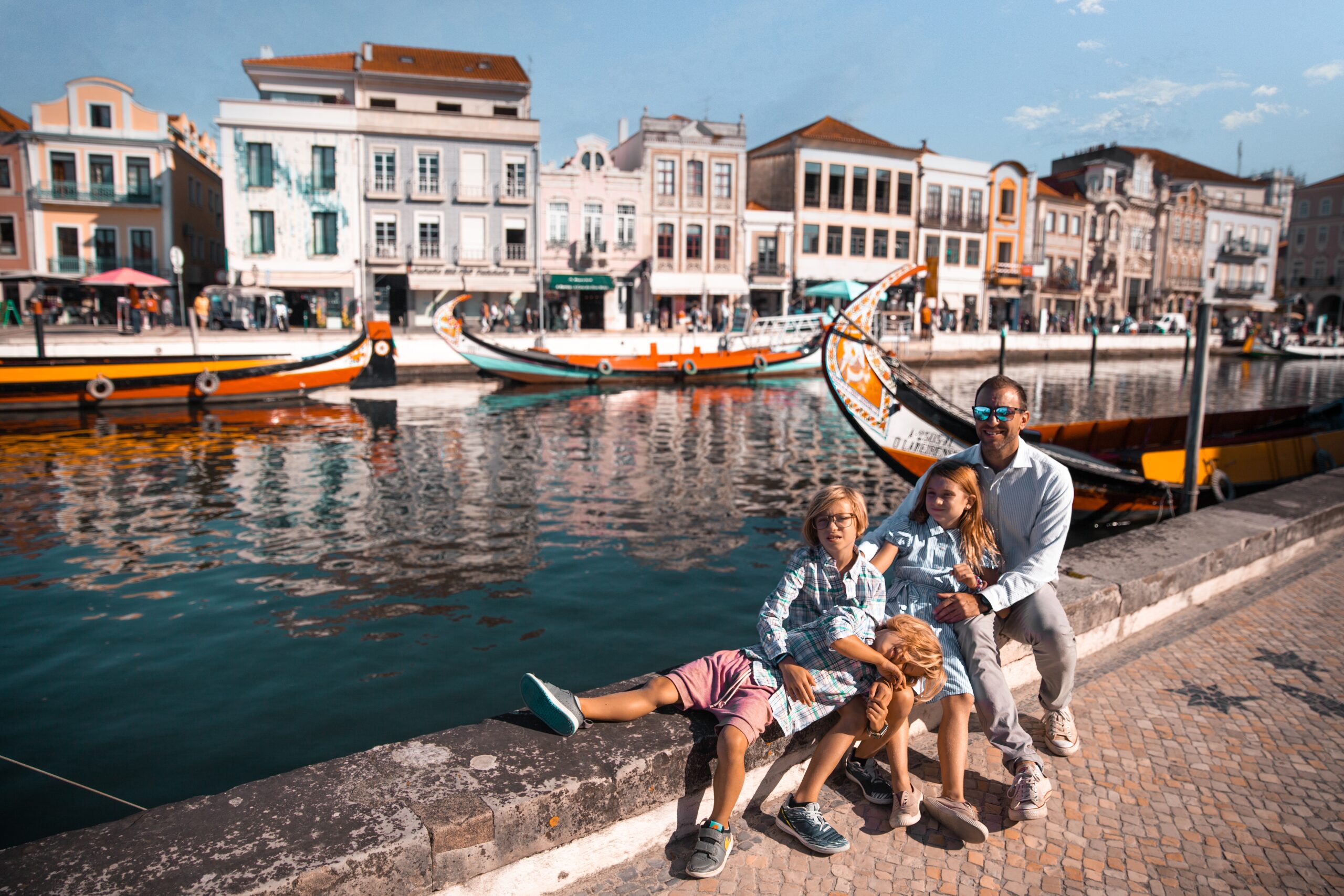
What we pack
Choosing Travel Insurance
Book Your Hotel
with Booking.com
Book Your Car
with RentalCars.com
Book Your Flight
with Skyscanner.com
Book Your Tour
with GetYourGuide.com
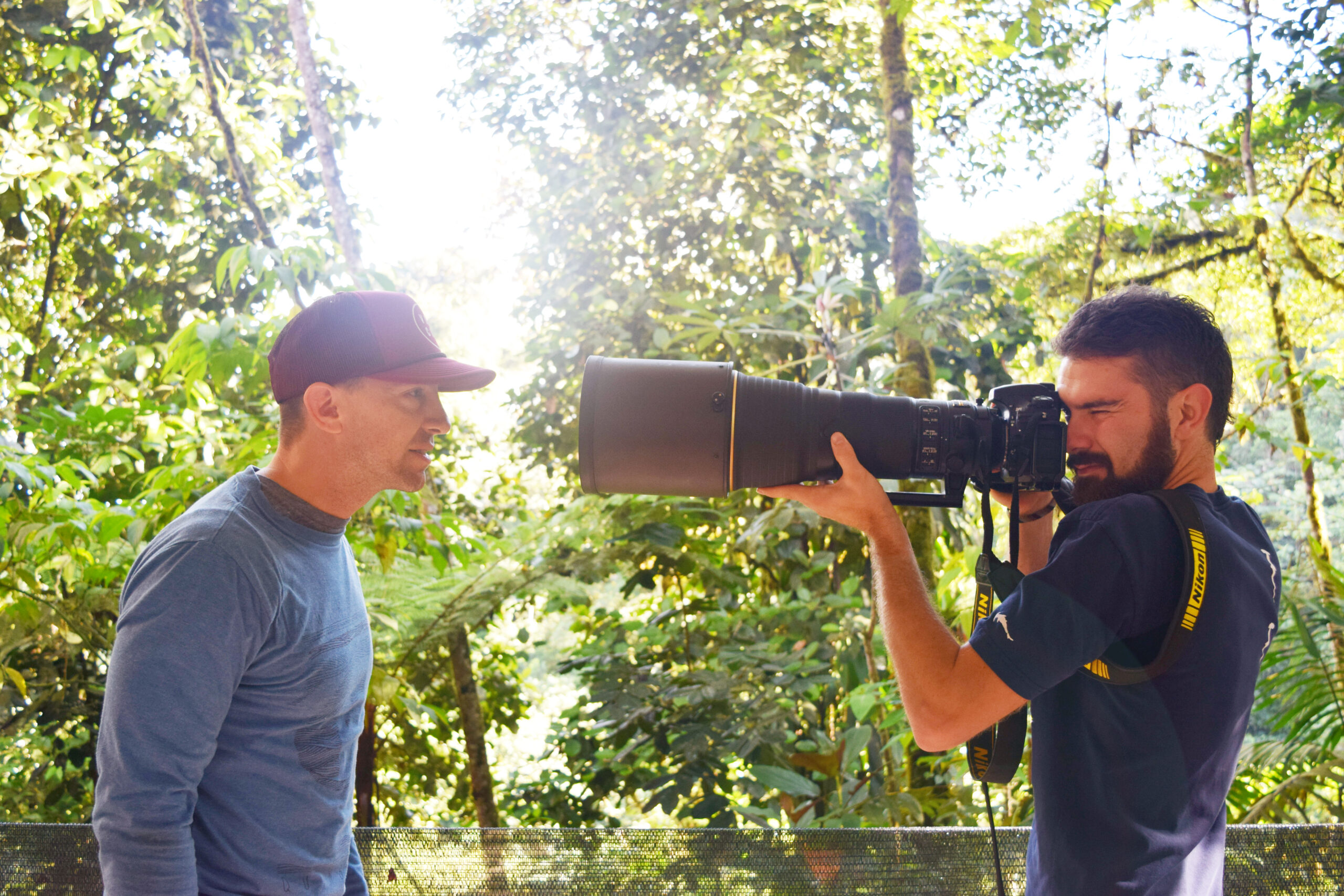
Our Camera Gear
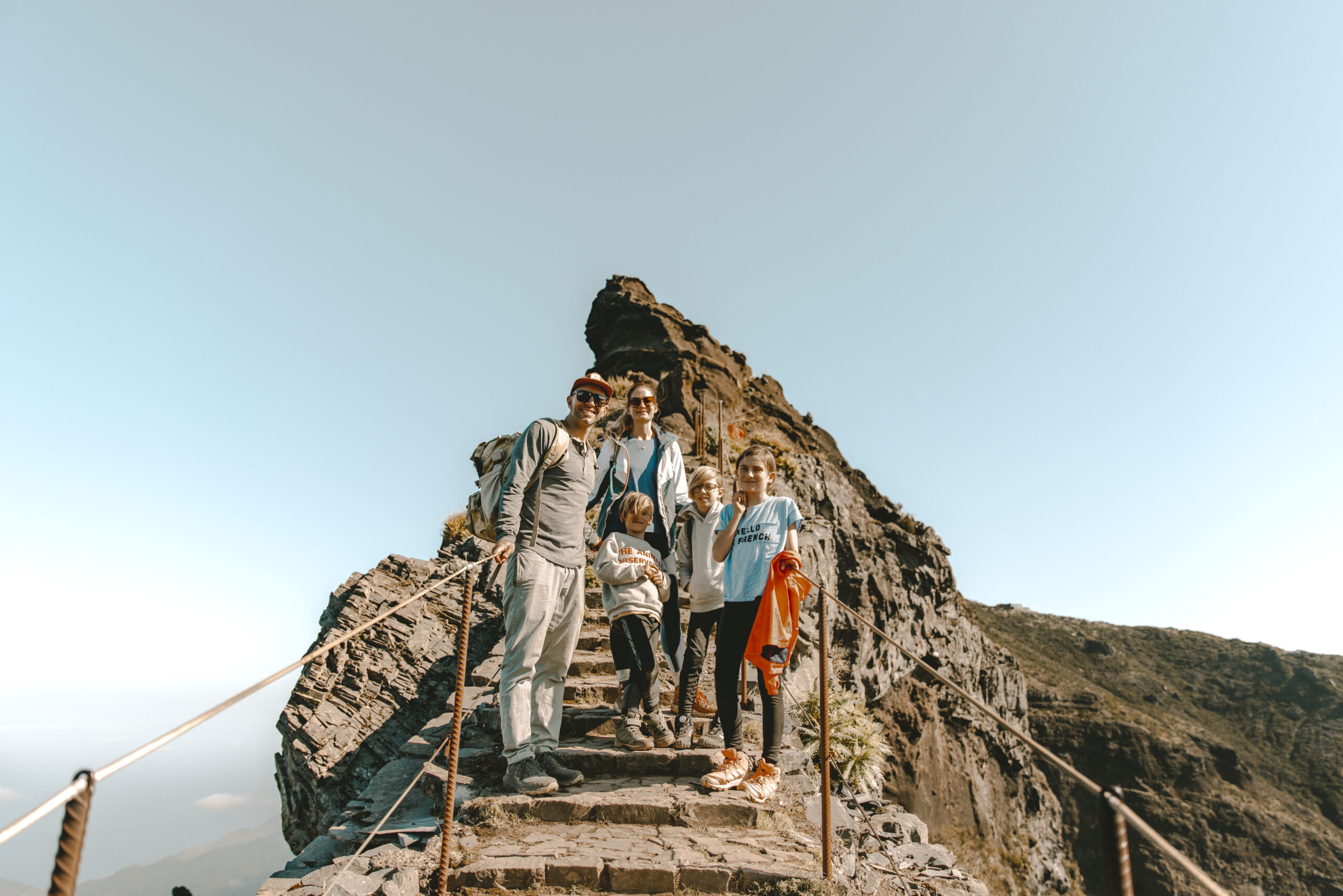
How We Fly
Choosing Your Destination
Guide to...
Guatemala
- Lake Atitlan
- Antigua
- Pacaya
- Chichicastenango
- Tikal
Map
Weather
Itineraries
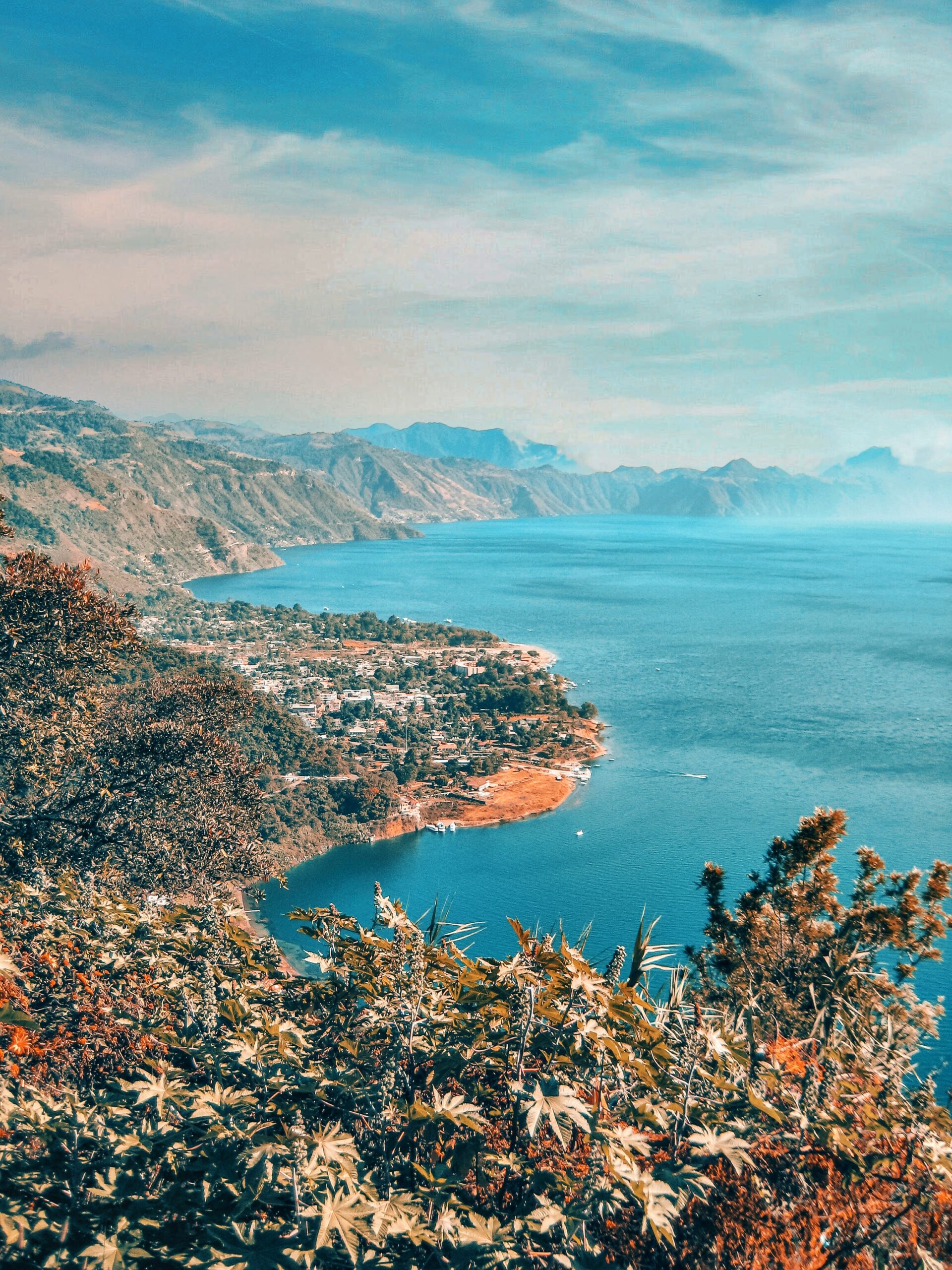
Coming Soon...
Antigua
Top Five Restaurants in Antigua
Known for its breathtaking rooftop views of the city and surrounding volcanoes, Café Sky offers a delightful mix of international and Guatemalan cuisine. Enjoy their famous breakfasts or unwind with a cocktail during sunset. Their casual atmosphere makes it a perfect spot for both tourists and locals alike.
Inspired by the vibrant art and spirit of Frida Kahlo, this Mexican restaurant is famous for its colorful décor and authentic dishes. Frida’s is a must-visit for its delicious tacos, enchiladas, and an extensive selection of tequilas and margaritas.
Combining a gourmet delicatessen with a fine dining restaurant, Epicure is a haven for food lovers. Their menu focuses on fresh, organic ingredients sourced locally, offering a variety of European and Guatemalan dishes. Don’t miss their bakery and charcuterie selection.
A cozy and intimate dining spot, Hector’s Bistro is renowned for its exceptional French cuisine. With a menu that changes daily based on the freshest ingredients available, you can always expect something new and exciting. Their duck confit and beef bourguignon are particularly noteworthy.
For those craving a fine dining experience with a focus on meat, Casa Escobar is the place to be. Specializing in high-quality steaks and a variety of traditional Guatemalan dishes, this restaurant provides a luxurious atmosphere and top-notch service.
Top Five HotelS in antigua
This luxurious hotel is set in a beautifully restored former convent, blending history with modern comforts. Casa Santo Domingo offers unique rooms featuring colonial architecture, lush gardens, and a world-class spa. The hotel also houses a museum and an art gallery, providing a rich cultural experience.
El Convento offers an elegant and intimate stay with its 26 luxurious suites, each designed with colonial charm and modern amenities. The hotel features a rooftop terrace with stunning views, a lush courtyard, and a gourmet restaurant, making it a perfect retreat in the heart of Antigua.
Blending colonial architecture with contemporary luxury, Hotel Camino Real offers spacious rooms and top-notch amenities, including a full-service spa and a beautiful courtyard garden. Its central location makes it convenient for exploring Antigua’s main attractions.
Located in a stunningly restored 16th-century monastery, this hotel combines historical charm with modern luxury. Guests can enjoy beautifully appointed rooms, a full-service spa, and multiple on-site museums showcasing Guatemalan history and culture.
Known for its welcoming atmosphere and excellent service, Porta Hotel Antigua features beautifully landscaped gardens, a refreshing outdoor pool, and comfortable, well-appointed rooms. The hotel’s restaurant serves delicious local and international cuisine, making it a favorite among visitors.
FAQ's
What are the main things to do with kids in Guatemala?
Guatemala is a wonderful destination for family travel, offering a rich cultural experience and plenty of activities suitable for kids. Here are some of the main things to do with kids in Guatemala:
1. Explore the Ancient Mayan Ruins: Guatemala is home to several impressive Mayan archaeological sites, such as Tikal, Yaxha, and Quirigua. These ancient ruins provide an opportunity for kids to learn about the fascinating Mayan civilization through exploring pyramids, temples, and plazas.
2. Visit Colonial Cities: Cities like Antigua Guatemala and Flores are known for their well-preserved colonial architecture, colorful buildings, and vibrant street life. Kids can learn about the Spanish colonial history while wandering through charming streets and visiting museums.
3. Experience Indigenous Culture: Guatemala has a rich indigenous culture, and visiting traditional villages like those around Lake Atitlan can be an enriching experience for kids. They can observe local customs, try traditional foods, and even participate in weaving or pottery workshops.
4. Outdoor Adventures: Guatemala offers plenty of outdoor activities suitable for families, such as hiking in the volcanic highlands, zip-lining through the rainforest canopy, or swimming in the turquoise pools of Semuc Champey.
5. Wildlife Watching: Take your kids on a guided tour to spot exotic animals like quetzals, toucans, and howler monkeys in their natural habitats, or visit the Guatemala City Zoo.
6. Lake Atitlan: This beautiful lake surrounded by volcanoes and indigenous villages is a great place for kids to participate in water sports, hike, or simply enjoy the scenic beauty.
7. Chocolate-Making Workshops: Guatemala is known for its high-quality cacao, and many plantations offer workshops where kids can learn about the chocolate-making process from bean to bar.
Remember to plan your activities based on your kids’ ages and interests, and make sure to prioritize safety and comfort during your family trip to Guatemala.
What is Guatemala famous for?
Guatemala is famous for several things, including:
1. Mayan Ruins and Archaeological Sites: Guatemala is home to some of the most impressive and well-preserved Mayan ruins in the world, such as Tikal, Quirigua, and El Mirador. These ancient cities provide a glimpse into the advanced Mayan civilization that once thrived in the region.
2. Colorful Textiles and Handicrafts: Guatemalan textiles, including huipiles (traditional blouses), cortes (skirts), and handwoven bags and blankets, are renowned for their vibrant colors and intricate designs. The country’s indigenous communities have maintained their weaving traditions for centuries.
3. Natural Beauty: Guatemala boasts stunning natural landscapes, including volcanic mountains, lakes, rainforests, and coastlines on both the Pacific Ocean and the Caribbean Sea. Places like Lake Atitlan, Semuc Champey, and the Petén rainforest are natural highlights.
4. Rich Culture and Traditions: With a majority indigenous population, Guatemala has a diverse and rich cultural heritage. The country is known for its vibrant festivals, traditional music and dances, and ancient customs that are still practiced today.
5. Coffee: Guatemalan coffee, grown in the fertile volcanic soil, is highly regarded for its exceptional quality and flavor. The country is one of the leading producers and exporters of premium Arabica coffee.
6. Antigua Guatemala: This colonial city, with its well-preserved Spanish Baroque architecture, cobblestone streets, and rich history, is a UNESCO World Heritage Site and a major tourist attraction.
7. Unique Cuisine: Guatemalan cuisine is a delicious blend of Mayan and Spanish influences, featuring ingredients like corn, beans, chilies, and unique dishes like pepian (a thick, spicy stew), rellenitos (plantain refried beans), and jocón (a dish with a green or red sauce).
Guatemala’s rich history, cultural traditions, natural beauty, and culinary delights make it a fascinating destination for travelers seeking an authentic Central American experience.
What power plug type does Guatemala use?
Guatemala uses the following power plug types:
– Type A – This is the flat parallel pin plug that is commonly used in North and Central America. It has two flat parallel blades.
– Type B – This is the plug type with two flat parallel blades and a grounding pin. It is also commonly used in North and Central America.
The standard voltage in Guatemala is 120V and the frequency is 60Hz, which is the same as in the United States and Canada.
So if you’re traveling to Guatemala from the United States or Canada, you likely won’t need a voltage converter, but you may need a plug adapter if your devices have a different plug type than A or B.
If you’re traveling from a country that uses different voltage (e.g. 220-240V) like in Europe, South America or parts of Asia, then you’ll need both a plug adapter and a voltage converter to use your electrical appliances safely in Guatemala.
It’s generally a good idea to check the voltage requirements of your devices and pack the appropriate adapters and converters for hassle-free charging and powering your electronics during your Guatemala trip.
Is Guatemala safe?
Guatemala has some safety concerns that visitors should be aware of, though many areas are generally safe for travel with proper precautions. Here’s an overview:
Pros:
– Most of the major tourist destinations like Antigua, Lake Atitlan, Tikal, and Semuc Champey are relatively safe if you stick to well-traveled areas.
– Many parts of the western highlands are also considered safe for travel.
– Violent crime involving tourists is relatively uncommon compared to petty crimes like bag-snatching or pickpocketing.
Cons:
– Guatemala City has higher crime rates and is generally not recommended for tourism outside of short transits.
– Gang activity and drug trafficking occur in some rural/remote areas.
– There is a risk of civil unrest, protests and road blockades, especially around elections.
– Robbery, assault, and carjackings can occur, especially at night or on isolated roads.
Safety Tips:
– Avoid wearing flashy jewelry/expensive watches and carrying large amounts of cash.
– Only take official tourist transportation or private transfers.
– Don’t travel at night, especially alone.
– Stay alert in crowded areas popular with tourists.
– Follow local advice and enrollment programs from your embassy.
– Purchase comprehensive travel insurance that covers medical and security assistance.
By taking common-sense precautions, avoiding high-risk areas, using guides when needed, and having contingency plans, it is possible to travel relatively safely in Guatemala’s main tourist destinations. However, the situation requires appropriate caution and preparation.
How can a Guatemala travel guide help you explore the country's vibrant culture and stunning landscapes?
A knowledgeable Guatemala travel guide can greatly enhance your experience of exploring the country’s vibrant culture and stunning landscapes in several ways:
1. Insider Knowledge: Local guides have an in-depth understanding of Guatemala’s history, traditions, and customs. They can provide valuable insights and context to the cultural sites, festivals, and indigenous communities you visit, helping you appreciate the richness of the Mayan heritage.
2. Access to Remote Areas: Guatemala is home to many remote villages, ancient ruins, and natural wonders that can be challenging to navigate on your own. A guide can take you off the beaten path, ensuring safe access to these hidden gems while respecting local customs and regulations.
3. Language Facilitation: With their fluency in Spanish and indigenous languages like Quiché and Kakchiquel, guides can act as interpreters, allowing you to communicate and interact more meaningfully with local communities.
4. Personalized Experiences: Guides can tailor your itinerary based on your interests, whether you want to focus on cultural immersion, outdoor adventures, or a combination of both. They can arrange unique experiences like participating in traditional ceremonies or homestays with local families.
5. Expert Navigation: With their extensive knowledge of the terrain and transportation networks, guides can efficiently navigate Guatemala’s diverse landscapes, from the volcanic highlands to the dense rainforests, ensuring a smooth and safe journey.
6. Safety and Security: Guatemala has some safety concerns, and a reputable guide can provide valuable advice on areas to avoid, as well as assist with contingency planning and emergency support if needed.
By having a knowledgeable Guatemala travel guide by your side, you can delve deeper into the country’s rich culture, gain a more nuanced understanding of its history, and explore its natural wonders with confidence and ease, creating a truly memorable and enriching travel experience.
What should you look for when choosing the best Guatemala travel packages?
When choosing the best Guatemala travel packages, there are several key factors to consider to ensure a fulfilling and hassle-free experience:
1. Reputable Tour Operator: Look for well-established and reputable tour operators with good reviews from past travelers. Check if they are members of professional travel associations and have proper licenses and insurance.
2. Customizable Itineraries: The best packages offer some level of customization to cater to your specific interests, travel pace, and preferences. Look for operators that allow you to tailor the itinerary to include the destinations and activities you desire.
3. Accommodation Standards: Evaluate the quality and location of the hotels or accommodations included in the package. Ensure they meet your comfort requirements and are conveniently located near the main attractions.
4. Transportation and Logistics: Consider the modes of transportation provided (private vehicles, domestic flights, etc.) and the efficiency of the logistics. Reputable packages should have well-planned transportation and seamless transitions between destinations.
5. Experienced Guides: High-quality Guatemala travel packages should include knowledgeable, multi-lingual guides who can provide in-depth insights into the country’s history, culture, and natural wonders.
6. Value for Money: Compare the inclusions and exclusions of different packages to determine the best value for your money. Look for packages that cover most expenses, such as meals, entrance fees, and activities, without hidden costs.
7. Group Size: Decide if you prefer a small group tour for a more personalized experience or if you’re comfortable with larger groups, which may be more economical but less intimate.
8. Safety and Support: Ensure the tour operator has robust safety protocols and provides 24/7 support and assistance in case of emergencies or unforeseen situations.
9. Sustainable and Responsible Tourism: Consider operators that prioritize sustainable and responsible tourism practices, supporting local communities and minimizing environmental impact.
By evaluating these factors and doing thorough research, you can find the best Guatemala travel packages that align with your travel style, budget, and desired experiences, allowing you to fully immerse yourself in the country’s rich culture and natural beauty.
What are the current Guatemala travel restrictions and how do they affect your trip plans?
Unfortunately, without more details on the current date, it’s difficult for me to provide specifics on Guatemala’s latest travel restrictions related to COVID-19 or any other factors. Travel regulations and entry requirements can change frequently.
However, here are some general points about planning a trip to Guatemala during times when there may be travel restrictions:
Potential Restrictions to Consider:
– Entry requirements like negative COVID tests or vaccination certificates
– Curfews or limitations on intercity/regional travel
– Reduced operating hours or capacity limits at hotels, restaurants, attractions
– Requirements to obtain special travel authorizations or quarantine upon arrival
– Closures of land borders with neighboring countries
– Health screening procedures at airports and other travel checkpoints
How Restrictions Affect Trip Planning:
– You may need to budget for COVID tests and provide vaccination/test documentation
– Your itinerary may need to be adjusted based on curfews or travel limitations within Guatemala
– Popular sites may require timed-entry tickets or have reduced capacity making advance reservations critical
– You may encounter inconsistent/unpredictable openings of hotels, restaurants, tour operators
– Getting around could take longer due to health checkpoints and procedures
My suggestion would be to closely monitor Guatemala’s official travel advisories and requirements in the months/weeks leading up to your planned dates. Consulting updated guidance from your home country and Guatemala itself will allow you to prepare properly. Having a Plan B itinerary and travel insurance could also be wise precautions.
Let me know if you have specific dates in mind – I can try to provide more relevant details on the situation in Guatemala at that time. Flexibility will be key during any travels while restrictions are still evolving.
What key information should be included in a Guatemala travel brochure to entice visitors?
A well-designed Guatemala travel brochure should highlight the country’s unique attractions and experiences to entice potential visitors. Here are some key pieces of information that should be included:
1. Stunning Natural Beauty:
– Visually captivating images of Guatemala’s diverse landscapes, such as the vibrant blue waters of Lake Atitlán surrounded by volcanic peaks, the lush rainforests of Petén, and the turquoise pools of Semuc Champey.
– Descriptions of opportunities for outdoor adventures like hiking, zip-lining, and waterfall rappelling.
2. Ancient Mayan Wonders:
– Awe-inspiring photographs of iconic Mayan ruins like Tikal, Quiriguá, and El Mirador, showcasing their impressive pyramids and intricate stonework.
– Details about the rich history and cultural significance of these archeological sites.
3. Vibrant Indigenous Culture:
– Colorful images of traditional textiles, crafts, and vibrant indigenous markets.
– Information about opportunities to witness authentic Mayan ceremonies, music, and dances, as well as participate in weaving or cooking workshops.
4. Colonial Charm:
– Captivating visuals of the cobblestone streets, colorful buildings, and baroque architecture in cities like Antigua Guatemala and Flores.
– Highlights of cultural experiences, such as visiting colonial churches, museums, and sampling delicious Guatemalan cuisine.
5. Adventure Activities:
– Action shots of activities like hiking volcanic trails, rafting on rivers, or exploring caves and jungle canopies.
– Details on guided tours and adventure packages catered to different skill levels.
6. Authentic Experiences:
– Descriptions of opportunities to stay in eco-lodges, visit coffee plantations, or participate in community-based tourism initiatives.
– Insights into how travelers can contribute to sustainable tourism and support local communities.
7. Practical Information:
– A brief overview of the best times to visit, transportation options, and any necessary travel documents or vaccinations.
– Contact information for reputable tour operators or travel agencies specializing in Guatemala.
By strategically combining stunning visuals, captivating descriptions, and practical details, a well-crafted Guatemala travel brochure can effectively showcase the country’s diverse offerings and inspire potential visitors to explore its rich culture and natural wonders.

